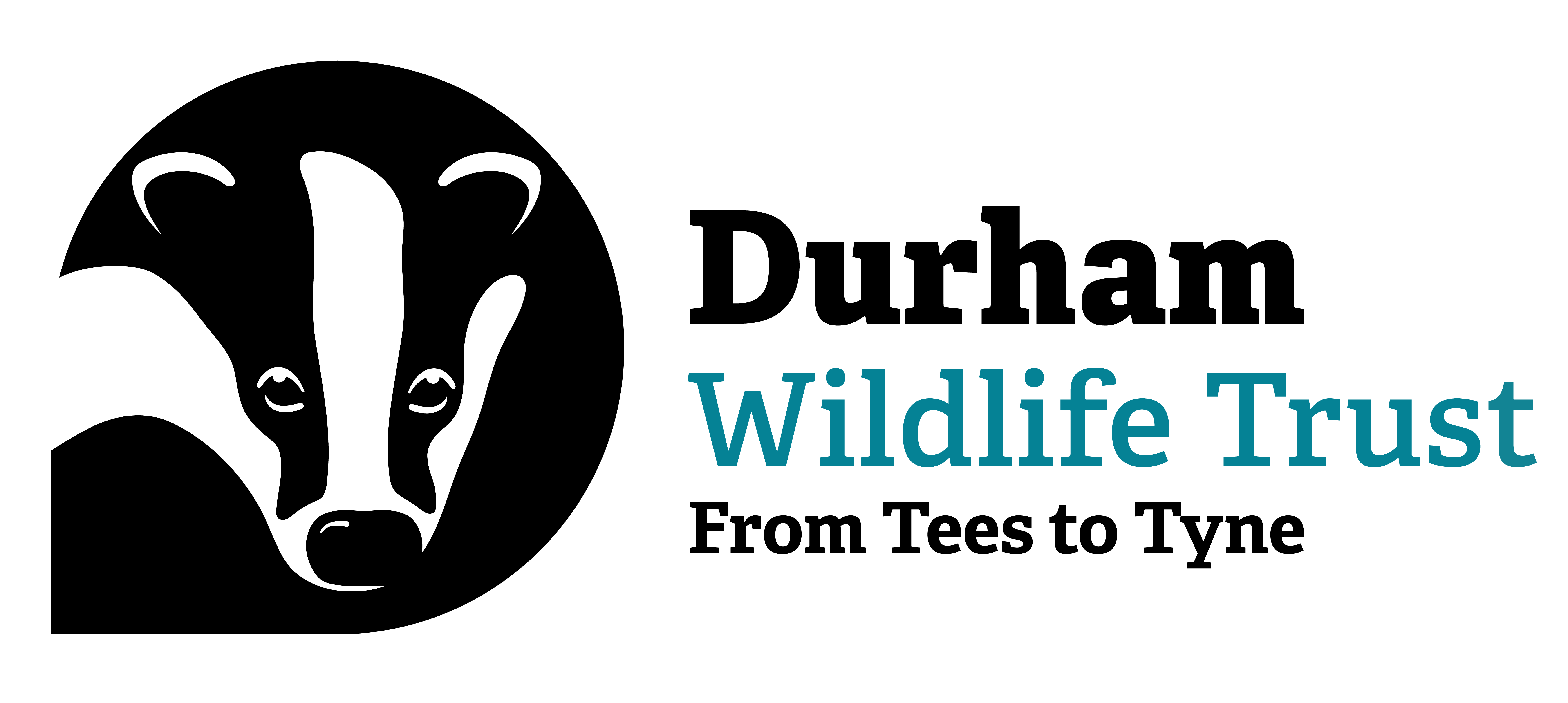Search Results
Two Little Owl chicks sitting on a branch. Credit: Hilary Chambers
Search
Ringlet
The ringlet gets its name from the small rings on the undersides of its wings. These rings show variation in the different forms of this species, even elongating into a teardrop shape.
Brinkburn Pond Update
Last year, Durham Wildlife Trust sought and successfully obtained funding for the Brinkburn Champions project. Find out below how you can get involved, and learn more about the ongoing management…
A project update from Cuthbert's Moor
Managing Moors Officer, Rebecca Clark, gives an update on the Trust's work to-date at Cuthbert's Moor Nature Reserve.
Contact us
Beaver
Beavers are the engineers of the animal world, creating wetlands where wildlife can thrive. After a 400-year absence, beavers are back in Britain!
2020, Challenging Year For Humans - Great for Dragonflies
In 2020, the Durham Wildlife Trust annual Odonata survey (that’s Dragonflies and Damselflies) was run in conjunction with the British Dragonfly Society, with DWT Trustee Michael Coates, now also…
The Wildlife of Barnard Castle - June 2020
Take a virtual tour of the wildlife around Barnard Castle.
From Otters to Orcas: A Nature Training Days Update
The Nature Training Days programme aims to introduce our volunteers to new species, habitats, projects and skills, all through beginner-friendly workshops and training sessions led by Durham…
Contact your MP
By writing to your MP or meeting them in person, you can help them to understand more about a local nature issue you care passionately about.
Sika deer
Sika deer were introduced to the UK in the 19th century. They are native to eastern Asia.
Roe deer
The attractive roe deer is native to the UK and widespread across woodland, farmland, grassland and heathland habitats. Look for its distinctive pale rump and short antlers.
